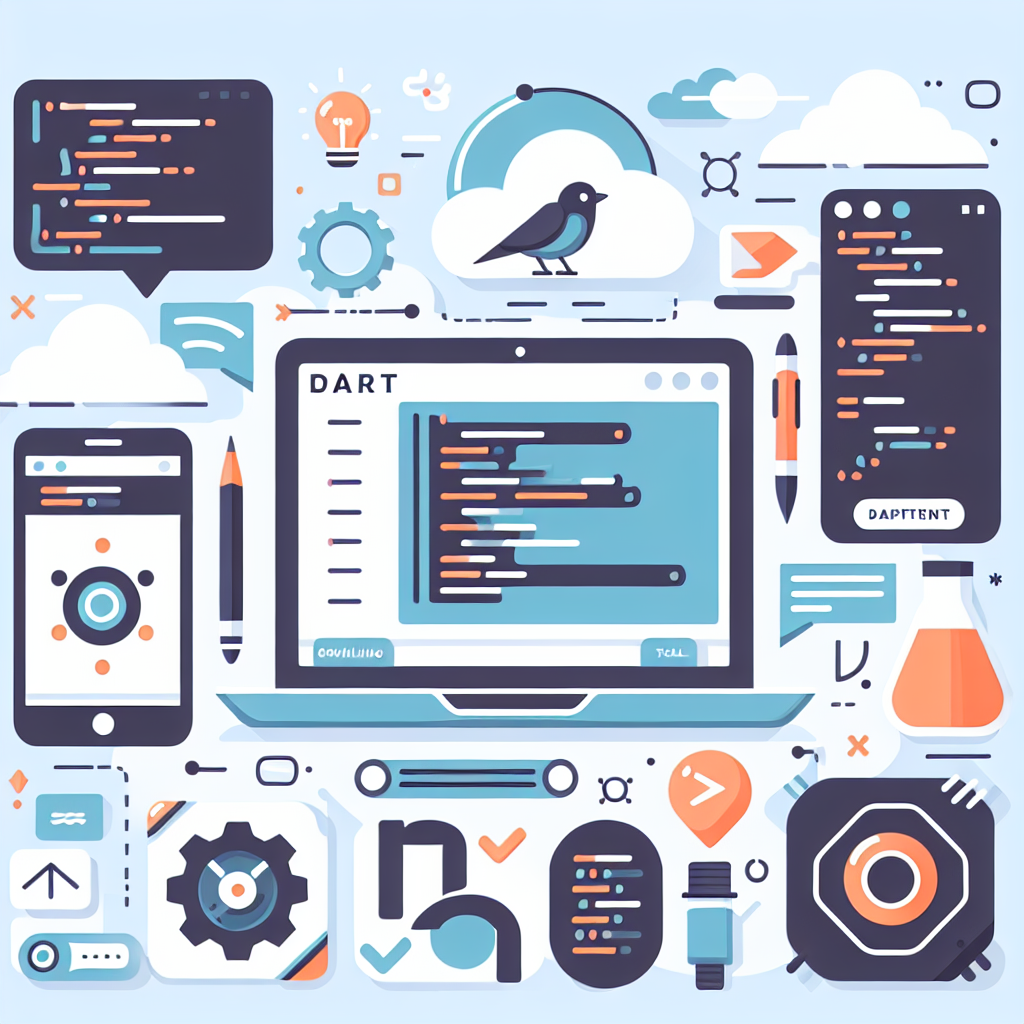Convert Perl to Dart Easily | Fast & Reliable Tool
Easily convert Perl to Dart with our intuitive tool. Enhance your coding efficiency and streamline projects. Try it now for seamless language transformation!
Source Code
Converted Code
Output will appear here...
The Perl to Dart Converter is an efficient tool designed for developers to seamlessly translate Perl scripts into Dart code, boosting productivity and enhancing cross-platform compatibility. Ideal for migrating legacy systems or integrating new functionalities, this converter simplifies the transition process, ensuring code accuracy and efficiency. Enhance your coding projects with this robust solution, perfect for modern app development and system upgrades.

Perl to Dart Code Conversion Tool Link to this section #
Effortlessly convert your Perl scripts to Dart with our robust 'Perl to Dart' conversion tool. Designed for developers needing seamless transition between these two languages, this tool ensures accurate translation of syntax and functions.
Key Features: Link to this section #
- Syntax Mapping: Automatically maps Perl syntax to Dart, preserving the logical structure of your code.
- Variable Conversion: Translates Perl's dynamic variables to Dart's static typing system.
- Function Translation: Converts Perl subroutines into Dart methods, ensuring functionality is maintained.
How It Works: Link to this section #
- Input Your Code: Paste your Perl code into the tool.
- Process Conversion: Click 'Convert' to transform your code into Dart.
- Review Output: Copy the Dart output and integrate it into your project.
Example: Link to this section #
Perl Code: Link to this section #
my $greeting = "Hello, World!";
print $greeting;
Converted Dart Code: Link to this section #
void main() {
String greeting = "Hello, World!";
print(greeting);
}
Benefits: Link to this section #
- Time-Saving: Transforms code in seconds, reducing manual conversion time.
- Accuracy: Minimizes errors with precise syntax translation.
- Efficiency: Supports both simple scripts and complex codebases.
Why Use This Tool? Link to this section #
- Reliable: Backed by a community of developers and regularly updated.
- Accessible: No installation needed; use directly from your browser.
- Free: Open-source and free to use, promoting collaborative development.
For more information about Perl and Dart, check out resources like Perl.org and Dart.dev.
Empower your coding workflow with our 'Perl to Dart' conversion tool, and enjoy a hassle-free transition between languages.
Frequently Asked Questions
What are the main differences between Perl and Dart?
Perl is a high-level, general-purpose programming language known for its text processing capabilities and support for regular expressions, while Dart is a client-optimized language for fast apps on any platform, primarily used for building mobile, desktop, server, and web applications with a focus on UI development through the Flutter framework.
How can I convert a Perl script to Dart?
Converting a Perl script to Dart involves manually rewriting the script because there is no direct automated tool for conversion. You need to understand the logic of the Perl script and then implement it using Dart's syntax and libraries, keeping in mind the differences in language paradigms, especially around data types, file handling, and string manipulation.
Is there a tool to help migrate code from Perl to Dart?
Currently, there is no specific tool designed to automatically migrate code from Perl to Dart. The process requires manual translation and understanding of both languages' syntax and libraries. Developers should focus on understanding the core logic of the Perl code and then implement it in Dart, taking advantage of Dart's features for performance and UI development.